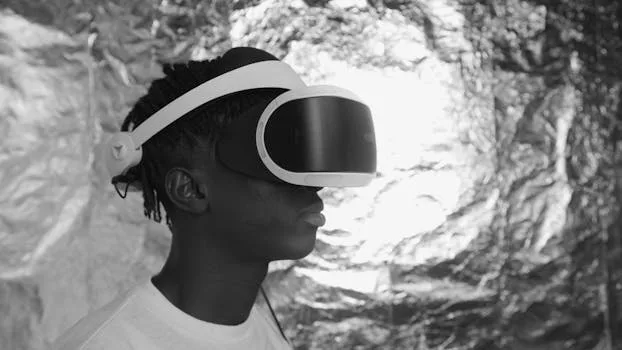
“
Introduction to the Cosmos
From Stardust to Dreams: Imagining Life Beyond the Stars is a topic that has fascinated humans for centuries. As we continue to explore the universe, we’re constantly reminded of the infinite possibilities that lie beyond our planet. The formation of stars, galaxies, and planets is a complex process that has captivated the imagination of scientists and philosophers alike.
The study of the universe, also known as cosmology, has led to numerous groundbreaking discoveries. From the detection of dark matter and dark energy to the observation of gravitational waves, our understanding of the universe has expanded significantly. The search for life beyond Earth is an integral part of this journey, with scientists using a variety of methods to detect signs of life, such as the presence of oxygen, methane, or other biomarkers.
The Formation of Stars and Planets
The formation of stars and planets is a complex process that involves the collapse of giant molecular clouds. As these clouds collapse, they spin faster and faster, eventually flattening into a disk shape. At the center of this disk, a star forms, surrounded by a circumstellar disk of gas and dust. Over time, this disk can give rise to the formation of planets, moons, asteroids, and comets.
The study of exoplanets, which are planets that orbit stars other than the Sun, has revealed a staggering array of diversity. From small, rocky worlds to large, gas-giant planets, the variety of exoplanets is a testament to the complexity of planetary formation. The discovery of exoplanets has also raised questions about the possibility of life beyond Earth, with some planets located in the habitable zones of their respective stars, where conditions are suitable for life as we know it.
The Search for Life Beyond Earth
The search for life beyond Earth is an ongoing effort that involves a range of disciplines, from astrobiology to astrophysics. Scientists use a variety of methods to detect signs of life, including the study of the atmospheric composition of exoplanets, the detection of biosignatures, and the search for radio signals from advanced civilizations.
One of the most promising areas of research is the study of exoplanet atmospheres. By analyzing the light that passes through an exoplanet’s atmosphere, scientists can determine the presence of certain gases, such as oxygen, methane, or carbon dioxide. These gases can be indicative of biological activity, although they can also be produced by non-biological processes.
Takeaways
- The universe is vast and complex, with an estimated 100-400 billion stars in the Milky Way galaxy alone.
- The formation of stars and planets is a complex process that involves the collapse of giant molecular clouds.
- The search for life beyond Earth is an ongoing effort that involves a range of disciplines, from astrobiology to astrophysics.
- The study of exoplanet atmospheres is a promising area of research, with the potential to detect signs of life beyond Earth.






